
Why life-saving drugs aren’t saving lives in Kenya
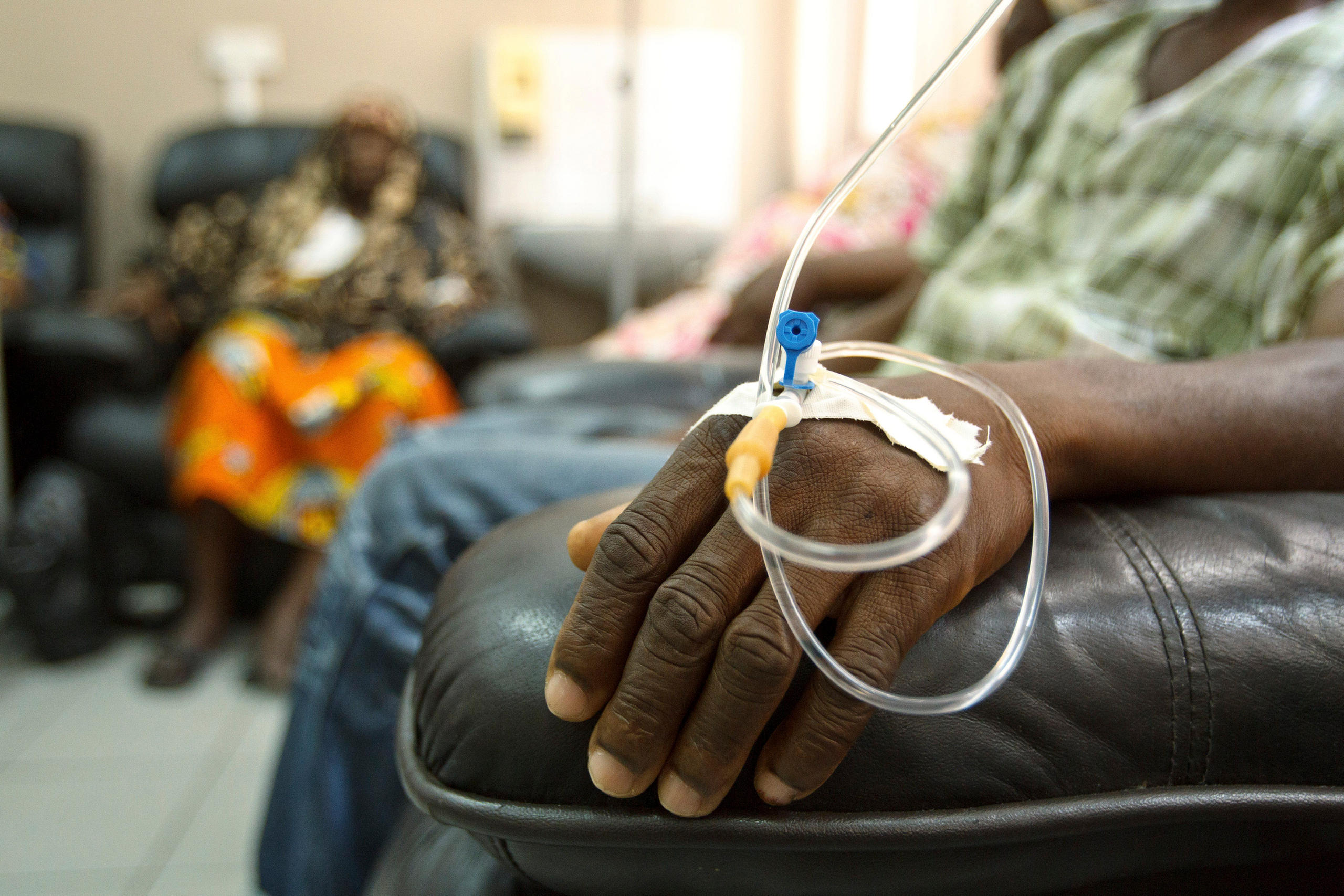
There have been huge advances in the treatment of cancer and other genetic diseases over the last decade. Why aren't they available everywhere?
When my mom was diagnosed with breast cancer in 1994 in the United States, the life-saving drug Herceptin had yet to hit the market. It would be another four years before it was approved by the US Food and Drug Administration as the first targeted drug for an aggressive form of breast cancer, transforming the prognosis for millions of women with the disease.
This series of articles is on the dilemmas facing governments, hospitals, and patients over the affordability of new, expensive treatments for cancer and other life-threatening genetic diseases. You can find all of the stories in the series on this page.
Back then, there was little talk about genomic biomarkers, monoclonal antibodies, or immune checkpoint inhibitors, all of which have revolutionised care for many cancers. Instead, my mom endured rounds of toxic chemotherapy and surgeries that left battle scars across her chest. The only targeted therapy at the time was Tamoxifen that induced endless hot flashes and fatigue.
Read our first story in the series here or below:
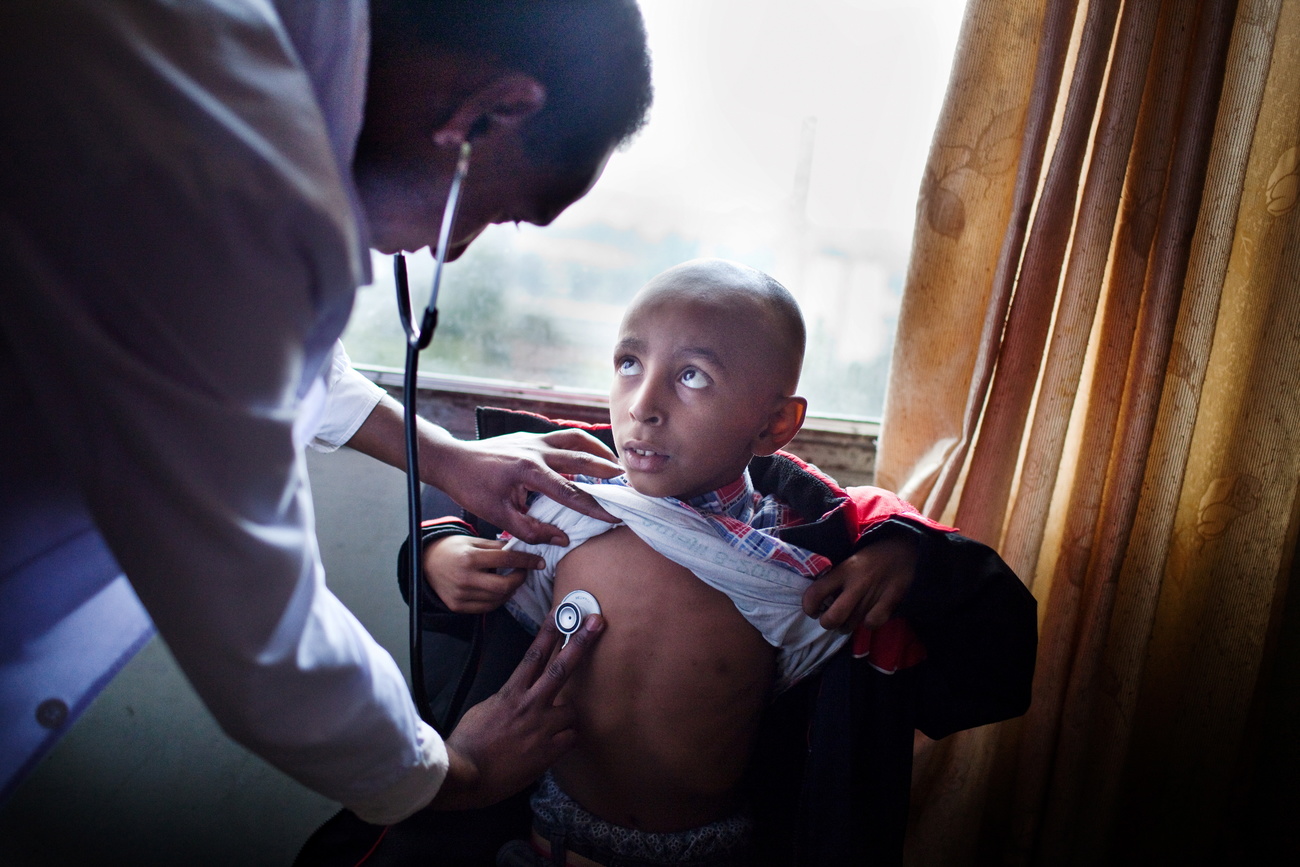
More
The end of affordable medicine
Times have changed for most women in the US and other wealthy countries including Switzerland. While there are still many who suffer and die of breast cancer, the chances of survival have improved dramatically thanks to treatments that target the underlying cause of tumour growth and inflict less damage on healthy cells.
Yet many of these treatments are still not accessible to the vast majority of people in the world. A key reason is because they cost too much. If a treatment exists that can save someone’s life, why should a woman in Kenya not only have to wait years to get it but even when she can get it, sell all of her belongings to pay for it?
More
I traveled to Kenya in June to investigate the lack of access to medicine and the high cost of drugs and what, if anything, the government and pharmaceutical companies are doing to improve the availability and affordability of life-changing treatments.
My focus was cancer and genetic disorders like sickle cell disease because most of the people who die from these illnesses live in Africa. Just one example – 70% of cancer deaths are in low-and middle-income countries. These are also the diseases where drug companies are spending most of their R&D budgets and where scientific breakthroughs are raising prospects for a cure.
Swiss pharmaceutical companies like Roche and Novartis are at the forefront of the industry’s shift towards “big, innovative medicines” – drugs and treatments that are supposed to bring transformational changes for a small segment of patients but at exorbitant prices.
Read our second story in the series here or below:
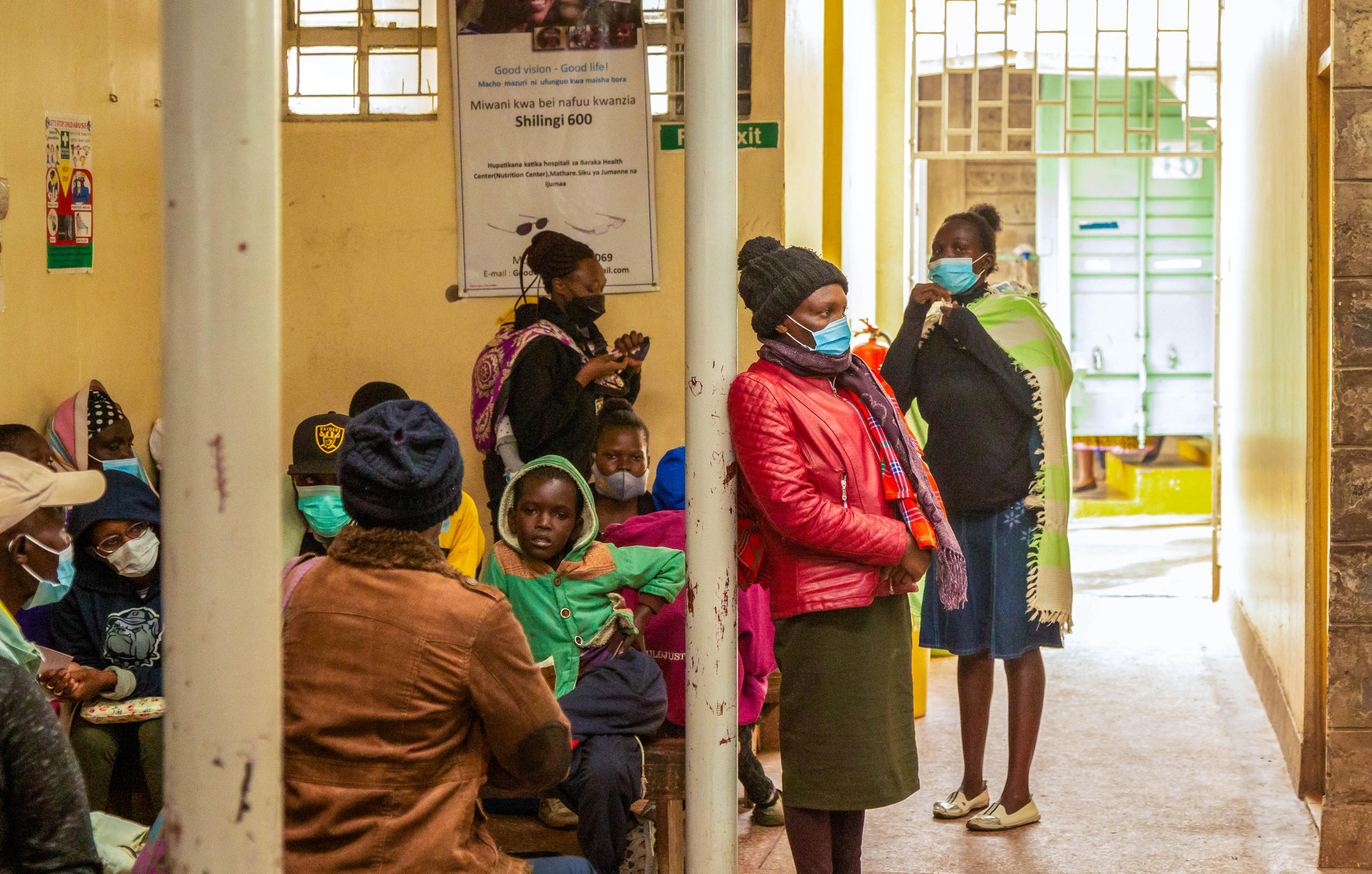
More
Novartis’s big bet on sickle cell disease struggles to reach Kenya
I chose Kenya because both companies have programmes there to make their medicines available, and the country wants to be a hub for cancer care in the region.
I spoke to more than 15 doctors working in both public and private hospitals to discover what they are learning about cancer in Kenya, to understand the struggles they face and what big pharmaceutical companies can and should do to improve treatment and survival rates in the country.
I met doctors like Rispah Torrorey-Sawe, an immunologist who is on a mission to find out why so many people are dying of treatable cancers in Kenya. She carried tissue samples on a flight to the US to get them tested for gene mutations so that patients at Moi Teaching and Referral Hospital could get the best treatment.
And oncology pharmacist Gavin Orangi, who keeps meticulous notes on his patients in the cancer clinic he runs in Makueni county in south-eastern Kenya. He’s built a digital cancer registry that rivals anything found in the best hospitals in Switzerland.
Why we chose to cover this story
There’s been incredible innovation in the treatment of cancer and other genetic diseases that is improving survival and quality of life for many people. However, these aren’t reaching most of the world. We wanted to understand why and what is being done to ensure that everyone has access to potentially life-saving treatment.
Finding sources
In all our reporting, we are vigilant in ensuring balanced reporting. This means all relevant facts and positions are considered when selecting sources to analyse a subject. In this case, we reached out to global health organisations with projects in Kenya for suggested experts, spoke to the largest pharmaceutical companies in Basel and in Kenya, and worked with a local journalist to identify government officials, hospitals, and patient organisations that are influencing the debate and create a space for patients to share their experiences. We traveled to Kenya for first-hand accounts of the topic, and to make our own observations of the issues.
If you want to know more about how we work, have a look here.
Get in touch
If you have any question regarding this topic that you’d like to have answered, or start a discussion with us and other readers, let us know via email: english@swissinfo.ch.
Then there are doctors like Nicholas Abinya, Adrian Gardner, Jesse Opakas and Naftali Busakhala, who are determined to nurture a new generation of cancer specialists in the country so that patients don’t have to exhaust their savings traveling to India or South Africa for care.
Read our third story in the series here or below:

More
Paying to survive – the deadly toll of breast cancer in Kenya
And oncologists Kevin Makori and Fredrick Chite Asirwa – who believe that good care doesn’t need to cost a fortune. They are part of a team at the International Cancer Institute who are building a hub for cancer research in eastern Africa, where top-notch diagnostics machines are tucked away in shipping containers surrounded by lush forest.
“We need to understand that in some parts of the world right now, cancer care can be anything between 15 to 30 years behind other parts of the world,” Makori told me. “We are all in this world but some of us would be guaranteed to access the best level of care possible. And yet others would be behind any global standard of care by about 15-20 years. I don’t have to mention what that means in terms of the outcomes for patients.”

More
Accessing cancer treatment in Kenya
These doctors and the more than 20 patients, patient advocates and government officials I spoke to are intent on ensuring that Kenya, and Africa more broadly, builds its own cancer infrastructure and capabilities. As treatments become more personalised to the unique risks of each patient, medical professionals are aware that patients in the region can’t rely on cancer treatments tested in the West.
Doctors are being forced on an almost daily basis to make life-or-death decisions. They know a treatment exists that could offer a patient six more months of life but paying for it could plunge them into poverty.
Read our final story in the series here or below:
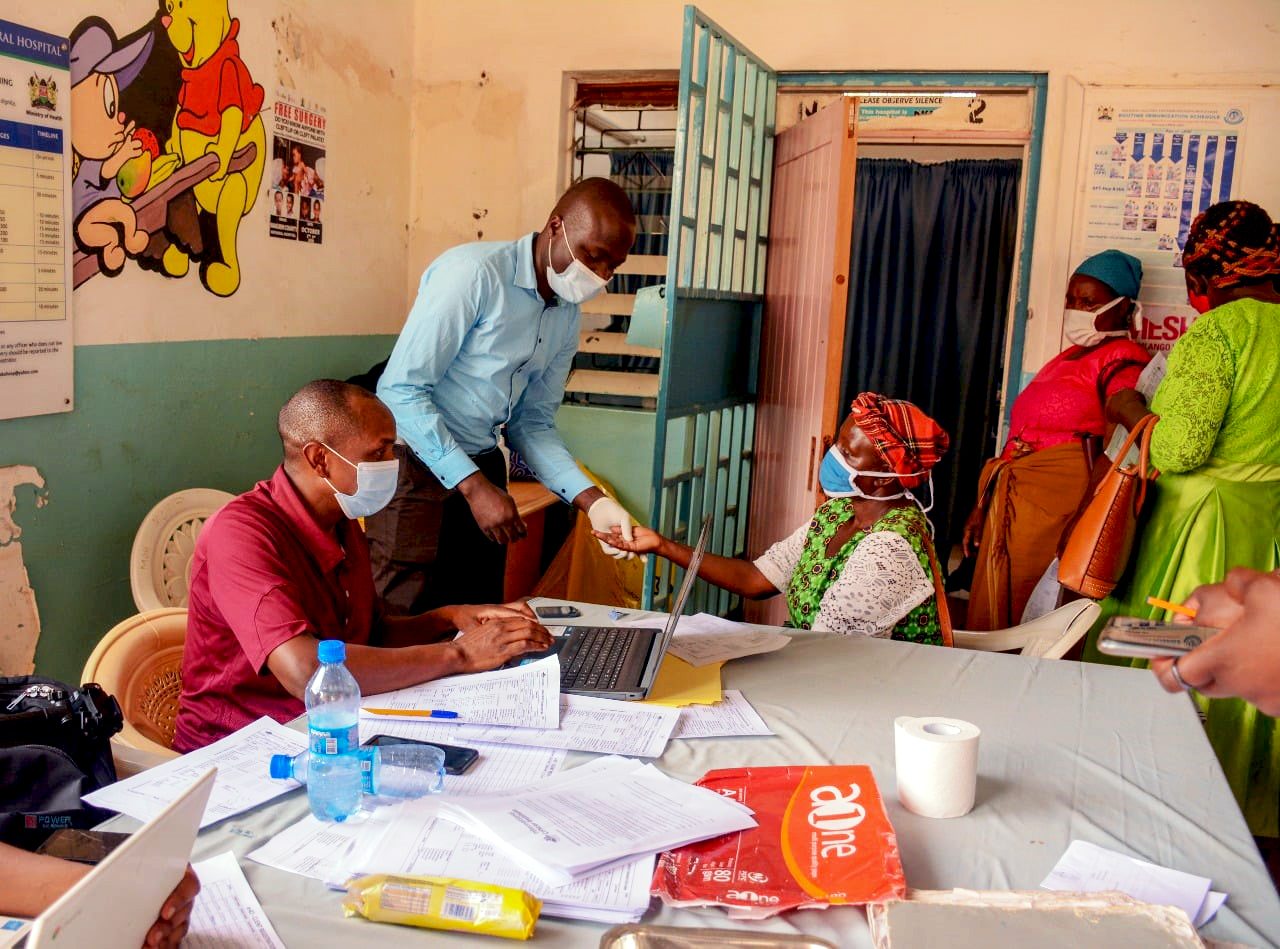
More
Big Pharma’s big push into Africa’s cancer market
These are dilemmas not only facing Africa or countries with more limited resources. They are increasingly facing doctors, patients and governments in Switzerland and other rich countries. As the number and price of new treatments for cancer and other life-threatening diseases explode, governments are struggling to find the money to pay for them and are questioning how much benefit they really bring to patients.
This series of stories, being published weekly over the next month, is about access to medicine and whether the cures that the pharmaceutical industry are developing will be affordable and accessible to everyone, or just to the minority who have the money to pay.
Edited by Nerys Avery.

In compliance with the JTI standards
More: SWI swissinfo.ch certified by the Journalism Trust Initiative





























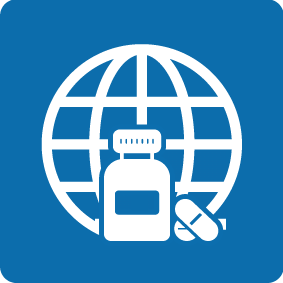
You can find an overview of ongoing debates with our journalists here . Please join us!
If you want to start a conversation about a topic raised in this article or want to report factual errors, email us at english@swissinfo.ch.